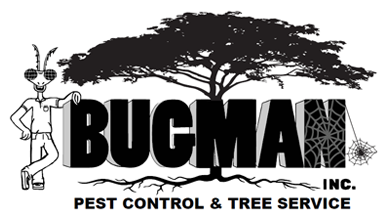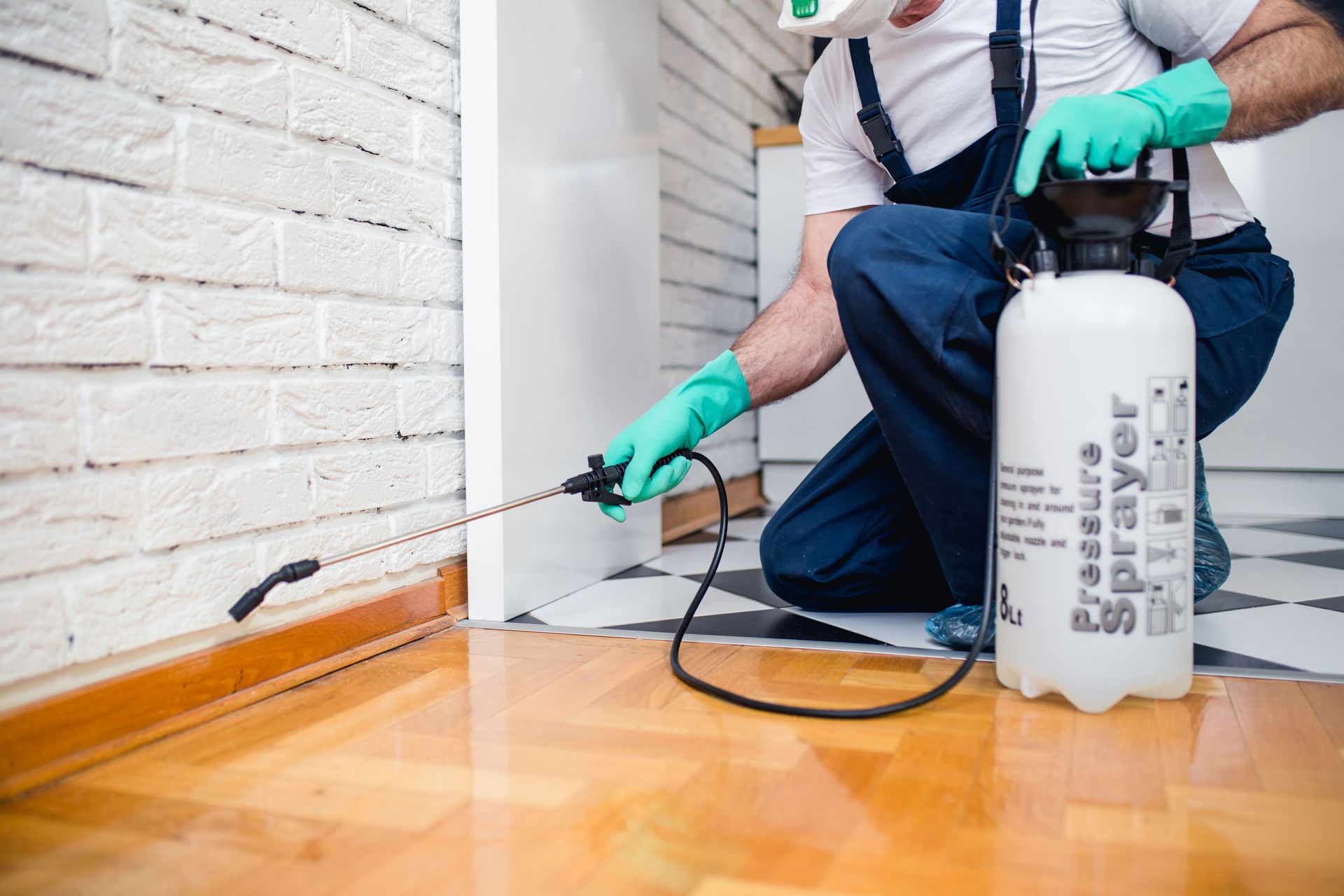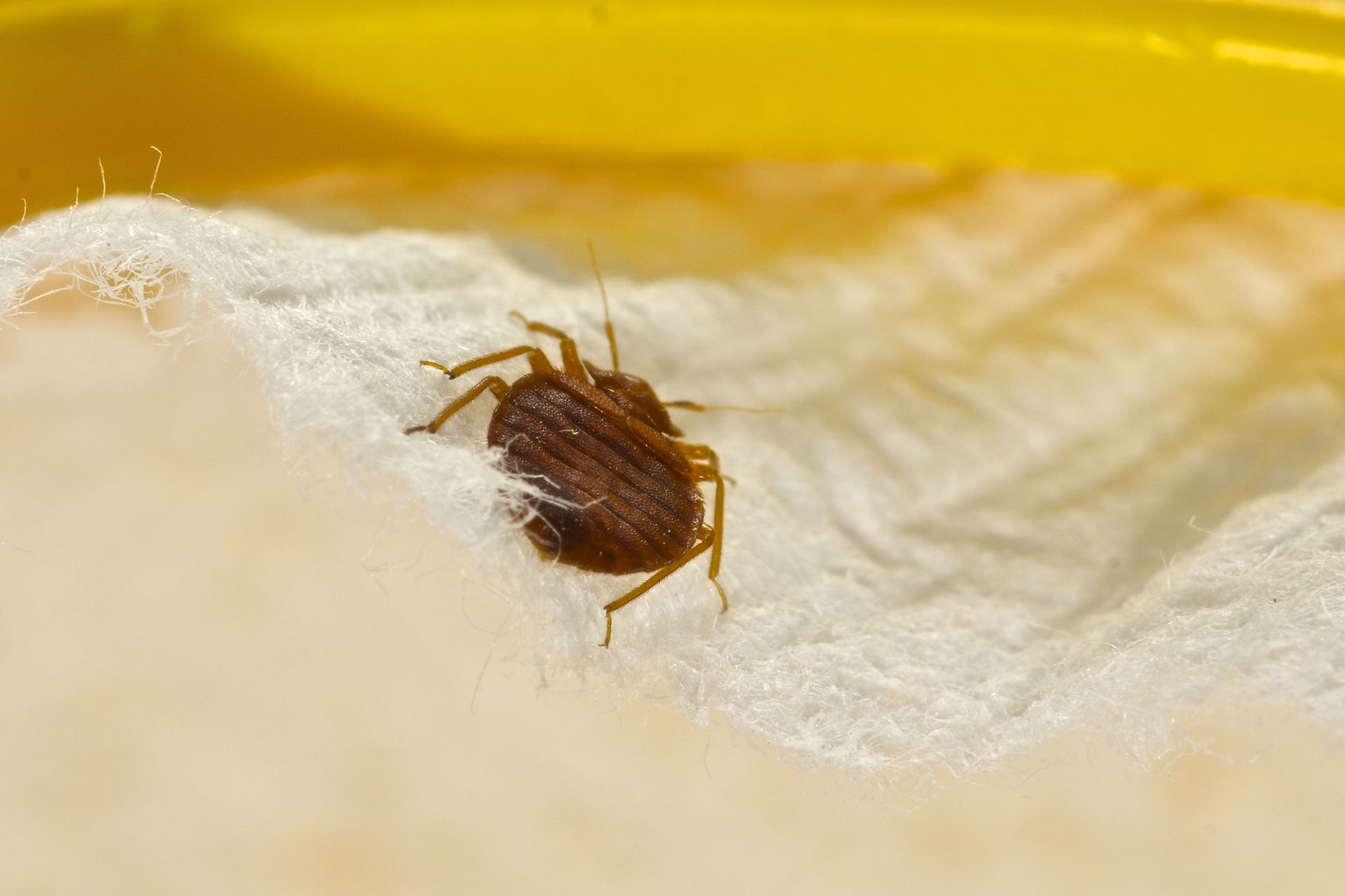Pest Control & Disease Prevention: An Essential Link
Pest control is more than just eliminating nuisance insects or rodents from your home. It plays a critical role in protecting public health and preventing the spread of dangerous diseases. When pests invade, they don’t just cause discomfort or property damage; they often carry harmful bacteria, viruses, and parasites that can be transmitted to humans and pets. Without proper pest management, communities face a higher risk of outbreaks and health complications. By understanding the link between pest control and disease prevention, individuals can take proactive steps to keep their homes and neighborhoods safe.
Pests and Disease
Pests such as mosquitoes, rodents, and cockroaches are well-known vectors for various diseases. These pests thrive in environments where they have access to food, water, and shelter, often near human populations. Once they infest a space, they can spread harmful pathogens through bites, droppings, and direct contact with surfaces. For example, mosquitoes are notorious carriers of diseases such as malaria, dengue, and West Nile virus. Without effective pest control measures, these pests can multiply quickly, increasing the risk of disease transmission in both residential and commercial areas. This makes pest management a vital part of public health systems.
According to PestWorld, there are over 3,000 types of mosquitoes in the world, and at least 170 of them can be found in North America. These insects are not only irritating because of their itchy bites but also pose serious health risks. Certain mosquito species are capable of transmitting life-threatening illnesses such as the Zika virus and the West Nile virus. Since mosquitoes breed in standing water, areas with poor drainage or unclean surroundings can quickly become breeding grounds. Regular pest control efforts, such as removing stagnant water and using repellents, are essential in minimizing mosquito populations and reducing the likelihood of outbreaks.
Rodents like rats and mice are another major concern when it comes to disease prevention. These pests are known carriers of several diseases, including hantavirus, leptospirosis, and Salmonella. They contaminate food and surfaces with their droppings, urine, and saliva, making it easy for diseases to spread to humans. Rodents are highly adaptable and can enter buildings through small cracks or holes in search of food and shelter. Effective pest control techniques, such as sealing entry points and using traps, are critical for keeping rodent populations under control and safeguarding human health.
Cockroaches are not just unpleasant to see; they are also significant contributors to health problems. These pests carry bacteria that can cause gastrointestinal illnesses and trigger allergic reactions or asthma, especially in children. Cockroaches thrive in warm, humid environments and are often found in kitchens and bathrooms where food and moisture are present. Their ability to spread rapidly makes them a challenge to manage without professional intervention. Regular cleaning combined with professional pest control can help eliminate infestations and prevent these insects from spreading harmful pathogens.
Preventive Measures
Preventive pest control is one of the most effective strategies for reducing the risk of disease. By addressing potential infestations before they become serious, homeowners and businesses can save time, money, and protect their health. Preventive measures include regular inspections, proper waste management, and sealing structural vulnerabilities in buildings. Taking steps to create an environment that is unattractive to pests can drastically reduce their presence. In the long run, proactive pest control not only keeps properties pest-free but also minimizes the spread of disease-causing organisms.
Pest control is closely tied to public health initiatives. Many historical outbreaks, such as the plague, were spread by pests like fleas and rats. Modern pest management plays a key role in preventing similar health crises by controlling pest populations in urban and rural settings. Public health agencies often collaborate with pest control companies to monitor and manage potential threats. By integrating pest control into community health programs, local governments can reduce the incidence of vector-borne diseases and improve overall quality of life for residents.
Common Diseases
Many common diseases are directly linked to pests, emphasizing the importance of effective pest control. Mosquitoes are known for spreading illnesses like malaria, Zika virus, and West Nile virus, while ticks can transmit Lyme disease. Rodents are responsible for diseases such as hantavirus and leptospirosis, which can cause severe complications if left untreated. Even smaller pests like fleas and lice pose health threats by carrying bacteria and parasites. By targeting these pests, pest control efforts significantly reduce the chances of these diseases spreading in homes and communities.
Environmental conditions play a significant role in determining pest populations. Warm temperatures, high humidity, and readily available food sources create ideal breeding environments for many pests. Urban areas with dense populations are particularly vulnerable due to the abundance of waste and shelter options. Natural disasters, such as floods or hurricanes, can also displace pests and lead to sudden infestations. Understanding these environmental factors allows pest control experts to design targeted strategies that effectively manage pest activity and limit disease transmission.
While DIY pest management techniques can provide temporary relief, professional pest control services are essential for comprehensive protection. Experts are trained to identify specific pest species and implement tailored solutions that address the root cause of infestations. They use advanced tools and environmentally safe products to ensure effective and lasting results. Additionally, professional pest control companies often provide maintenance plans to prevent future issues. This level of expertise is critical for safeguarding homes, businesses, and public spaces against the spread of pest-related diseases.
Awareness
Public education and awareness are key components of successful pest control initiatives. Many infestations occur because people are unaware of the behaviors and conditions that attract pests. By learning about proper sanitation practices, waste disposal, and home maintenance, individuals can take steps to deter pests from entering their living spaces. Community outreach programs and educational campaigns help spread this knowledge on a larger scale. When individuals and communities work together, the effectiveness of pest control efforts increases dramatically, leading to healthier environments.
Pest-related diseases not only affect public health but also have a significant economic impact. Outbreaks can lead to costly medical bills, lost productivity, and expenses related to pest eradication. Businesses, particularly those in the food industry, can suffer severe financial losses due to pest infestations. By investing in regular pest control, individuals and businesses can avoid these financial burdens. Ultimately, proactive pest management supports both community health and economic stability.
Modern technology has revolutionized pest control by making it more efficient and precise. Tools such as digital monitoring systems and data-driven tracking allow professionals to identify and address infestations quickly. Eco-friendly treatments and smart traps are designed to minimize environmental impact while maximizing results. Technology also enables better communication between pest control providers and clients through apps and online reporting. These advancements make pest management more effective and accessible, enhancing its role in disease prevention.
The link between pest control and disease prevention cannot be overstated. From mosquitoes and rodents to cockroaches and other insects, pests pose a constant threat to human health. Effective pest management strategies are essential for keeping these threats under control and protecting communities from serious illnesses. By focusing on prevention, education, and professional services, individuals and public health organizations can work together to create safer, healthier environments. For comprehensive pest management solutions, Bugman Inc Pest Control & Tree Services offers expert services designed to keep homes and businesses protected from harmful pests and the diseases they carry. For more information, contact us today!




Share On: